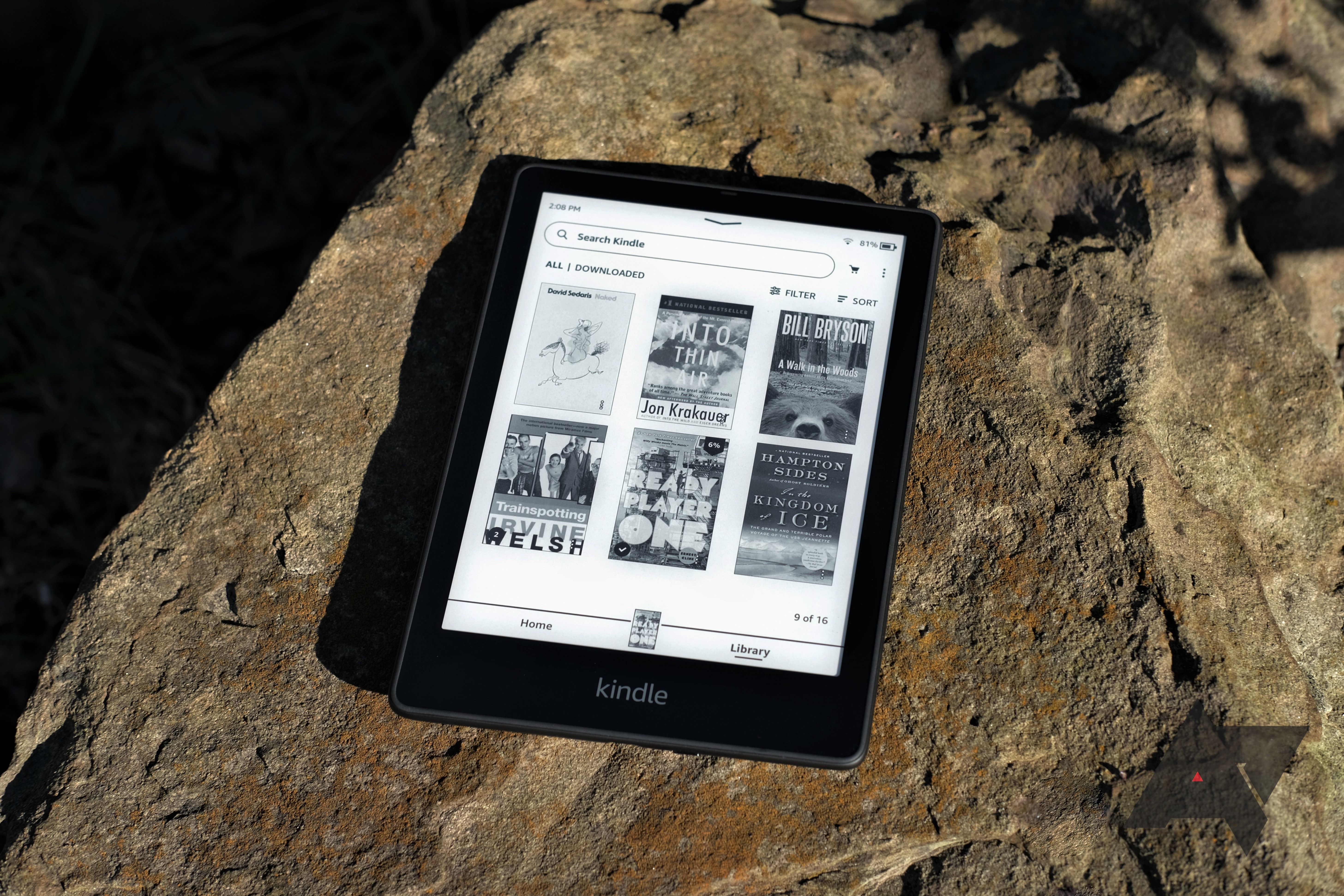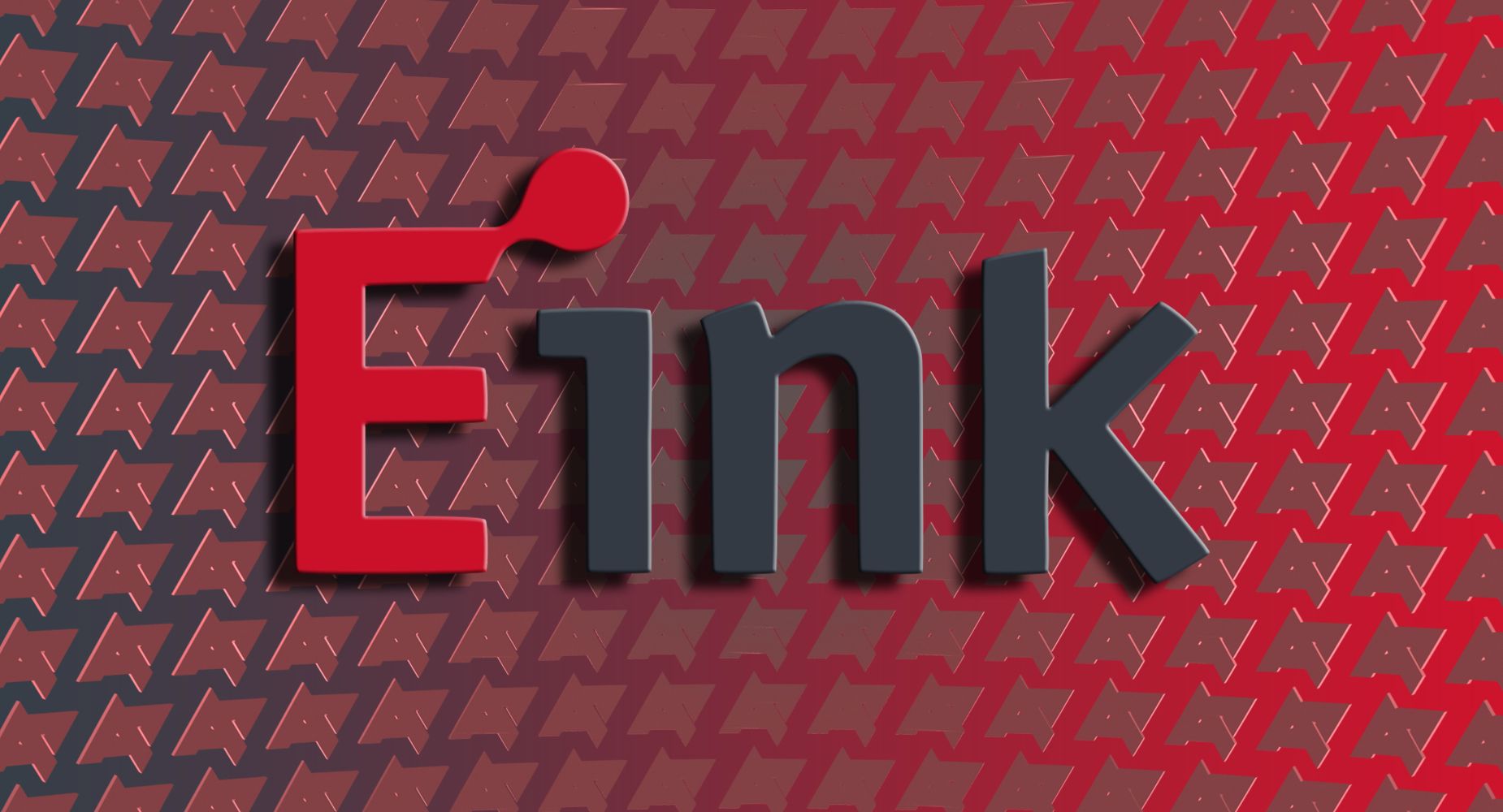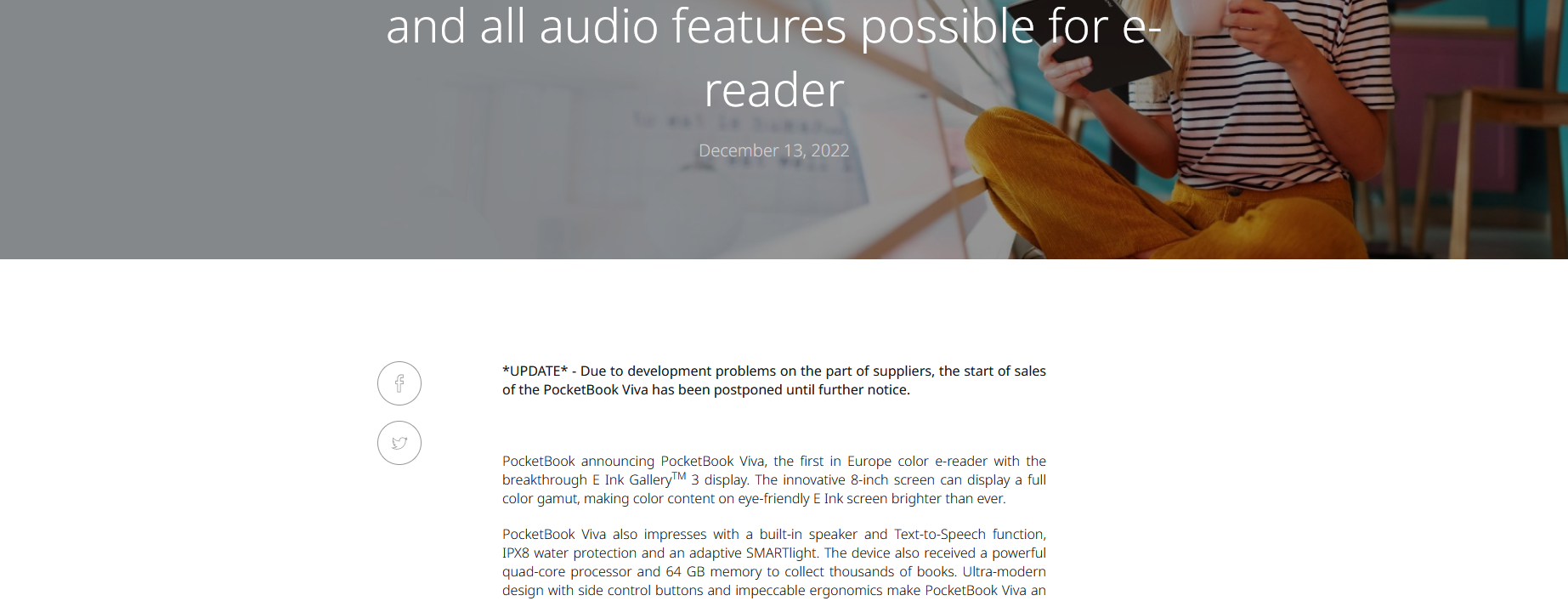With its $150 price tag and state-of-the-art color screen, the Kobo Clara Colour has ushered in a new era of affordable color e-readers. Before the announcement of Kobo’s new color lineup, the cheapest color e-reader cost over $300, but going forward, color e-reader manufacturers like Boox and PocketBook will need to reevaluate their pricing strategies if they are to remain in contention for some of the best e-readers on the market. Conspicuously absent from this emerging electrophoretic arms race is the brand that started it all, Kindle.
Why Kindle is losing its edge
You have to take risks to be the best
Kindle’s biggest advantage in the market has always been its massive e-book library provided by Amazon, which is seamlessly integrated into its devices. But the Kindle app is platform-agnostic: if you can download it or install it, you can use it. So, as Android e-readers become more common and affordable, it will be easier for the average consumer (who is very familiar with smartphone UIs and navigating the Play Store) to justify buying one, neutralizing any advantage the Kindle may have in this regard.

How to read free e-books for your Kindle e-reader or Fire tablet
Expand your library beyond the Amazon book store
On top of that, color screens are no longer a gimmick. Color e-readers have been available in the US since 2009, and even though early implementations tended to be plagued by desaturated colors and slow refresh rates, today’s Kaleido 3 screens (used on the newest Kobo color e-readers) can run at 12 frames per second. Although that isn’t fast enough for decent animation, it is more than enough for reading. Color is no longer a curiosity at the fringe of the e-reading space, reserved for first movers and well-to-do tech enthusiasts. It’s the new normal, and as color e-reading displays continue to evolve, any OEM without one in their lineup will be losing market reach.
Why doesn’t Kindle have a color e-reader yet?
If you’re going to do something, do it right
Who can say? Amazon is very tight-lipped when it comes to its numbers and processes, so the best we can do is guess. Amazon is a very big ship, which means that it’s slower to pivot than smaller companies like Kobo or Boox. Kindle is also cognizant of its reputation as a hardware maker, so it probably doesn’t want to release a half-baked device. It made that mistake with the Kindle Scribe, which failed to move the needle in the e-note scene due to its underdeveloped note-taking software and lack of hardware features.
But, the rumor mill has been abuzz following a prediction by Taiwanese technology analyst Ming-Chi Kuo, who says that at least two new color Kindle devices are on the way for a 2025 launch. He anticipates the new e-readers will be around 7 and 10 inches and will not feature the Kaleido 3 displays used in most of the latest color e-readers but instead use Advanced Color ePaper (ACeP) technology from E Ink.
Kindle is overdue for a new e-reader release. The Scribe was the last E Ink device it launched, and that was nearly two years ago. Also, back in February, Amazon discontinued US sales of its Kindle Oasis. If the rumors of a Kindle color lineup are true, there’s a good chance that the Oasis will be one of them. It fits the 7-inch profile from Ming-Chi Kuo’s prediction and has the same form factor as the new Kobo Libra Colour.
Warning: Speculation incoming
Could we be getting next-generation ACeP?
Although I believe that color Kindles are imminent, I’m skeptical that they will use the existing ACeP Gallery 3 technology. Gallery 3 is basically dead in the water. Earlier this month, Bigme announced it was ending production and sales of its Galy e-reader, the only e-reader to incorporate a Gallery 3 display. On top of that, PocketBook seems to have abandoned the development of its Gallery 3 e-reader based on “development problems on the part of suppliers.”
So why are all these big manufacturers distancing themselves from Gallery 3? Two reasons: it’s expensive and it’s slow. The Bigme Galy cost $700 for an 8-inch Gallery 3 display. Compare that to the PocketBook Inkpad Color 3 with a 7.8-inch Kaleido 3 display for $330. Anything with a Gallery 3 screen will cost approximately twice as much as a device with an equal-sized Kaleido 3 screen.
Refresh rates on the Bigme Galy are around 350ms for black and white. For low-detail color, that number increases to 500ms. For high-detail color, you’re looking at 1,500ms for a refresh. To be fair, that’s not bad for bleeding-edge e-ink that uses four colored pigments, but it’s only 0.6 to 3Hz. Kaleido 3 clocks in at around 12Hz, four times faster than Gallery 3.
There’s no question that Kindle is playing catch-up at this point, but there’s no good reason for it to go from offering some of the most affordable and responsive devices on the market to offering the most expensive and slowest. If Ming-Chi Kuo has the inside scoop (and he has a reputation for being right when it comes to Mac news), I think it’s telling that he never once mentions “Gallery 3” when he talks about color Kindles using ACeP. Amazon has two wild cards in its pocket that no other e-reader manufacturer has: a close relationship with E Ink and more money than Croesus.
The Kindle Scribe is the only e-reader in the world with a 10.2 inch 300ppi screen. That’s because Amazon worked directly with E Ink to make it exclusively for the Scribe. So far as we know, no other device maker has that kind of pull with E Ink. It’s entirely possible that Amazon and E Ink have been developing a next-generation ACeP display with faster refresh speeds or lower costs, and we wouldn’t know about it until it was upon us.

What is an E Ink display, and how does it work?
Learn about how the fascinating screen technology works
Amazon also has a lot of money. Its business strategy with the Kindle has been to sell the hardware at cost and recoup the profits on e-book sales, a market which it dominates. Of the other e-reader makers, only Kobo and PocketBook could consider a similar strategy. So, if it wanted to, Amazon could release a new Kindle with an expensive new display and sell it at or below cost without taking a big hit.
But this is all just speculation. Neither Amazon nor E Ink are talking about the future, and besides one rumor, there is nothing to substantiate any of it. Still, it’s been over 18 months since Amazon announced a new Kindle device, longer than any other time since the two-year gap between the third-generation Oasis and the fifth-generation Paperwhite.
Source link



